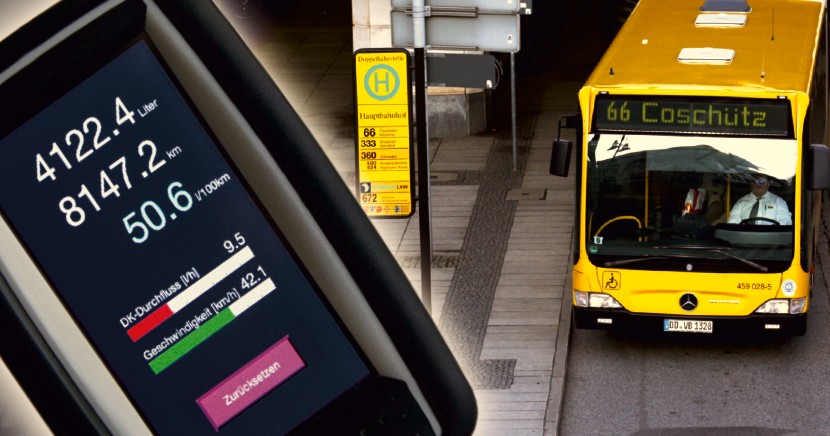Motivation

Over the past few years, developments in both conventional propulsion configurations and new propulsion technologies such as different hybrid variations (serial, parallel or power-split hybrid propulsion) have enabled higher fuel savings and a more efficient operation of buses. In order to ensure a maximally efficient operation, however, the drivers need to adapt their driving styles to the respective propulsion system. Investigations on hybrid vehicles undertaken by the Fraunhofer IVI in several large cities in Germany show that the potential savings may be increased substantially by offering specialized training and practical exercises in the respective vehicles.
One central component for this is the display for fuel consumption and vehicle condition developed by the Fraunhofer IVI. The system is made up of a compact, robust display unit, which is installed directly in the driver’s field of view, and a customer-specific user interface, which represents the most important vehicle data graphically.